‘Workers comp needs life support’ in Victoria
Victoria’s workers compensation scheme may need massive premium increases to avoid $1bn taxpayer bailout.
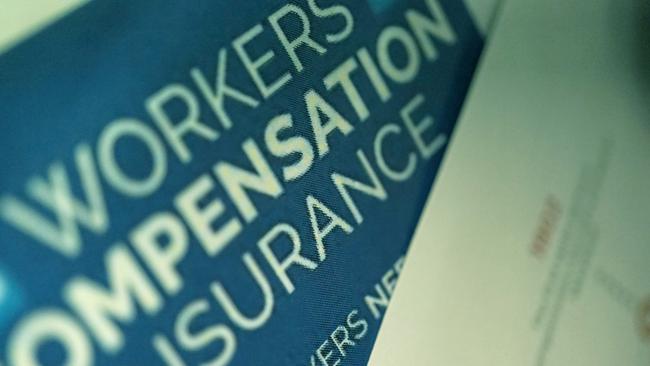
The Victorian government has been warned repeatedly that its workers compensation scheme is unsustainable and massive premium increases may be needed to avoid a taxpayer bailout growing to more than $1bn.
Confidential WorkSafe board minutes show the government has been warned that, without serious reform, further Andrews government capital contributions will be needed.
High-level discussions are under way in government, which could lead to an overhaul of the way the scheme is run to avoid ongoing bailouts at the same time the state’s finances are buckling under the weight of the pandemic fallout.
A $300m bailout of WorkSafe’s compensation scheme announced last month is unlikely to be the last emergency payment, placing further pressure on the Victorian budget, as total state debt is forecast to hit $167bn by 2025.
WorkSafe management was so concerned about the scheme’s future it told the board last year that premium increases of 15 per cent were needed for this financial year, followed by 5 per cent the next, which would have savaged thousands of businesses battling the pandemic fallout.
But the government ignored this advice and in the past year instead announced it would pump in a total of $850m of taxpayers’ money, rather than head to an election hitting business with large premium increases.
“The WorkSafe scheme is facing the most significant threat to its long-term sustainability in more than 20 years,” the board was warned on February 23 last year.
The management recommendation for premium increases came as the board also recommended higher costs to business to protect the scheme’s integrity. Details of the board’s recommended higher premium pricing were redacted from Freedom of Information documents seen by The Australian.
Opposition Treasury spokesman David Davis said the $850m of emergency payments were like “landmines” for the Victorian budget, coming after long-term pandemic lockdowns shattered parts of the economy.

“Labor’s injections of huge swathes of taxpayers’ money, most recently another $300m, are like a Band-Aid on a gaping gunshot wound that has hit an artery,” he said.
“Its own minutes make it clear that these patch-up jobs only partially stem the haemorrhage, noting the WorkSafe board has stated ‘ongoing capital contributions from government are likely to be required to underwrite the scheme’.”
WorkSafe manages workers compensation in Victoria and is the trading name of the Victorian WorkCover Authority.
Minutes of the April 21 meeting last year show the board received a paper on premiums for this financial year and next which warned that WorkSafe’s insurance funding ratio – which measures assets against claims liabilities – was forecast to fall to the bottom of the required range within two years.
Minutes from June 29 last year show that the Andrews government’s expenditure review committee opted against increasing WorkSafe premiums.
On October 27 last year, the WorkSafe minutes show that the authority’s corporate and financial plan up to 2024-25 had showed advice pointing to further taxpayer bailouts.
“The actuaries have advised that significant premium increases or legislated benefits changes, or a combination of both, is required,” the minutes reveal.
“Management considers the priority areas within WorkSafe’s strategy 2021-24 and the work of the interdepartmental committee can address the sustainability challenges presented.
“However, unless all elements are operationalised in the short to medium term, ongoing capital contributions from government are likely to be required to underwrite the scheme.”
The board resolved to: “Note that external advice has confirmed that improved prevention and case management alone cannot resolve scheme sustainability challenges and that management is engaged with government in policy discussions to consider elements outside of WorkSafe’s control, including scheme design and the current legislative framework.”
WorkSafe determines premium size using rateable remuneration, which includes gross wages, salaries and other benefits provided to workers.
For the 2021-22 financial year, the average premium rate was set at 1.272 per cent.
Premiums vary according to staff numbers and pay; a business with a $150,000 payroll will pay premiums of just under $2000 and a $10m business will pay $127,400.
The government said it was keeping premiums down so businesses could recover and rebuild from the impacts of the pandemic.
“The global pandemic has been disruptive for workers and businesses, and WorkSafe hasn’t been immune to this,” a government spokesman said.
“Volatility in international markets has affected WorkSafe’s financial projections compared to last year – on top of the existing pressure from complex claims, especially for mental injuries.
“We will continue to work with WorkSafe to ensure the WorkCover scheme remains sustainable and Victorian workers can get the help they need when they need it.”
In March, the government announced reforms to the scheme in response to an independent review conducted by Peter Rozen QC into the management of complex claims.
The reforms are designed to address modern workplace injuries, particularly mental health issues.


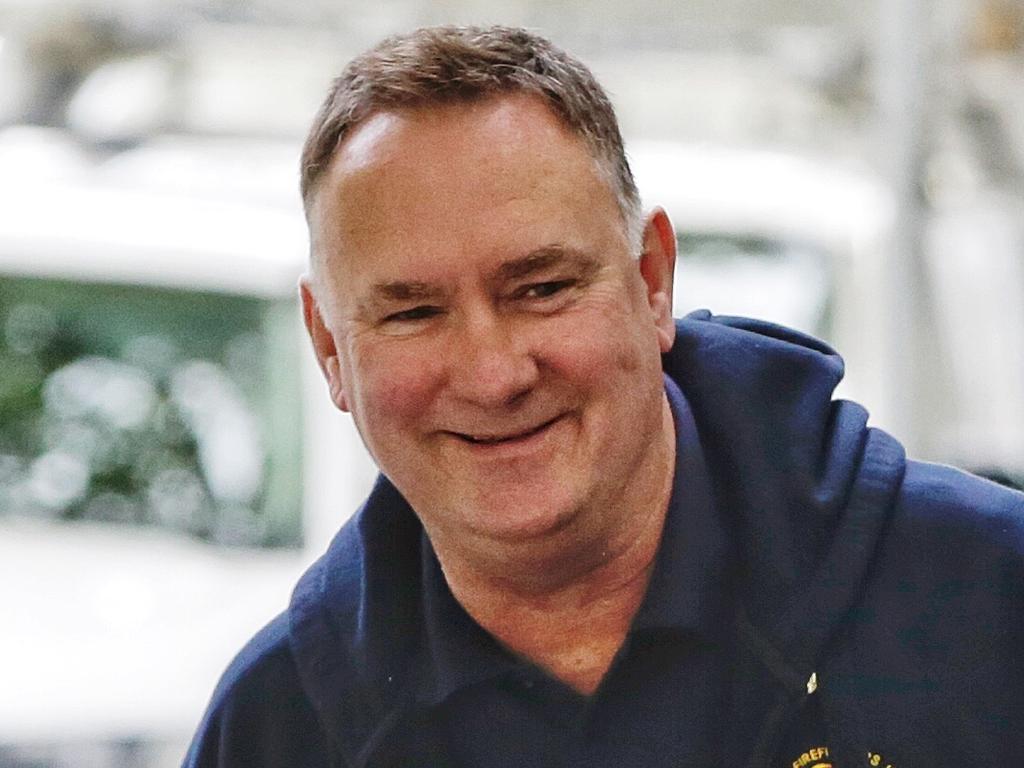
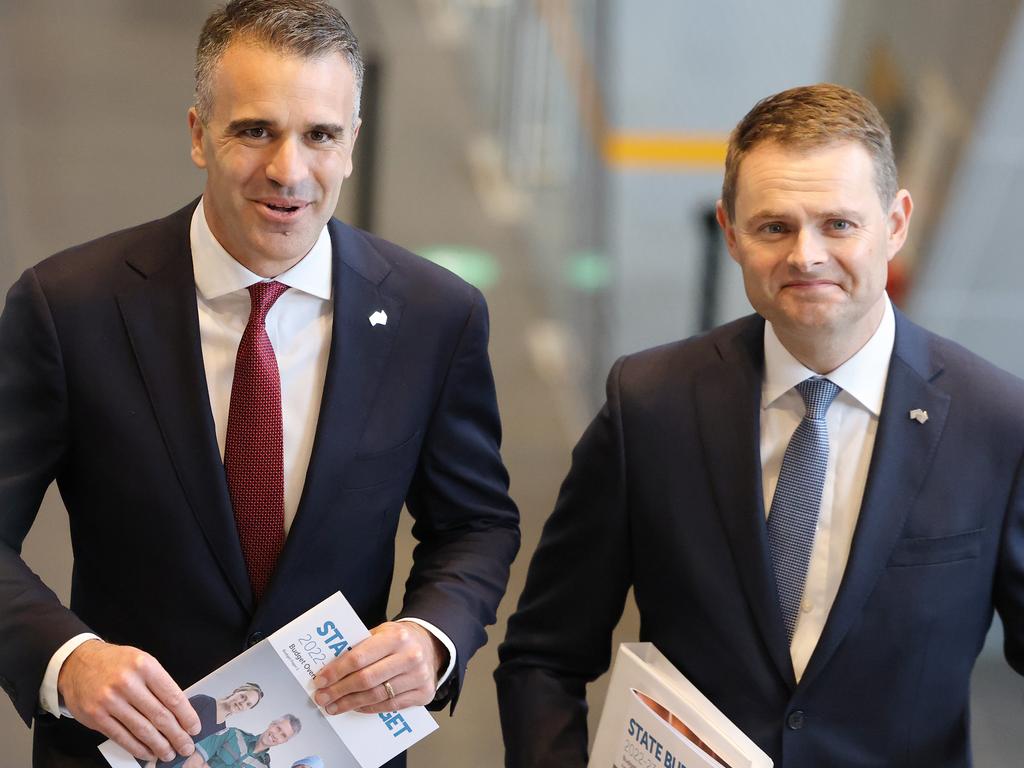
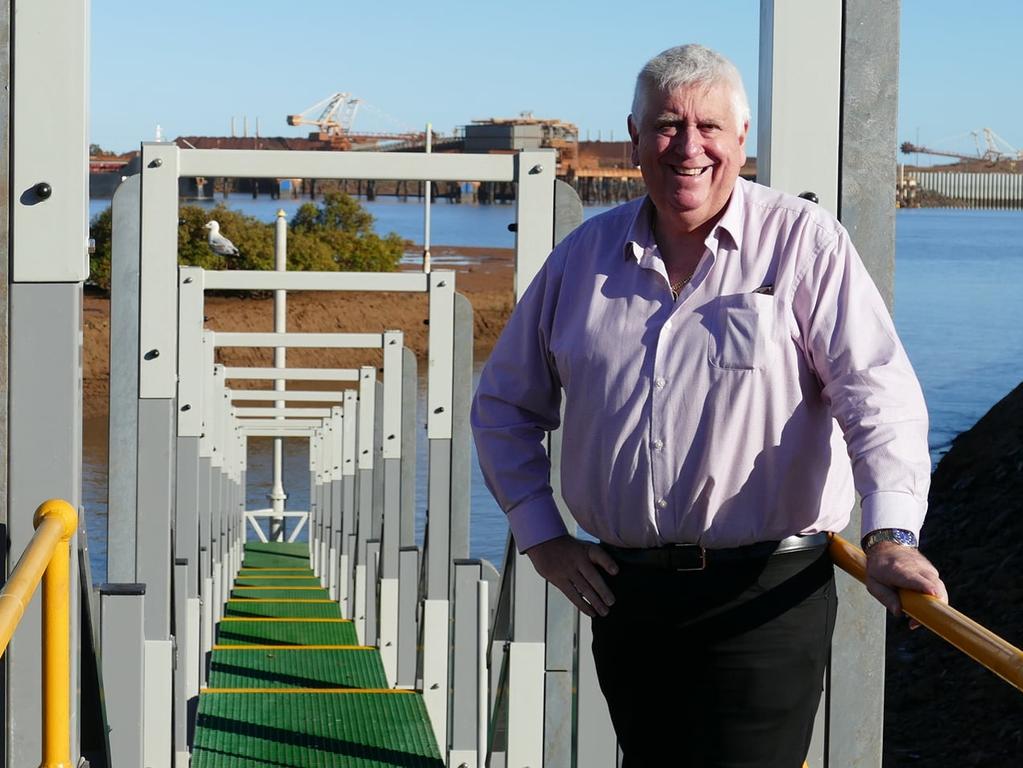


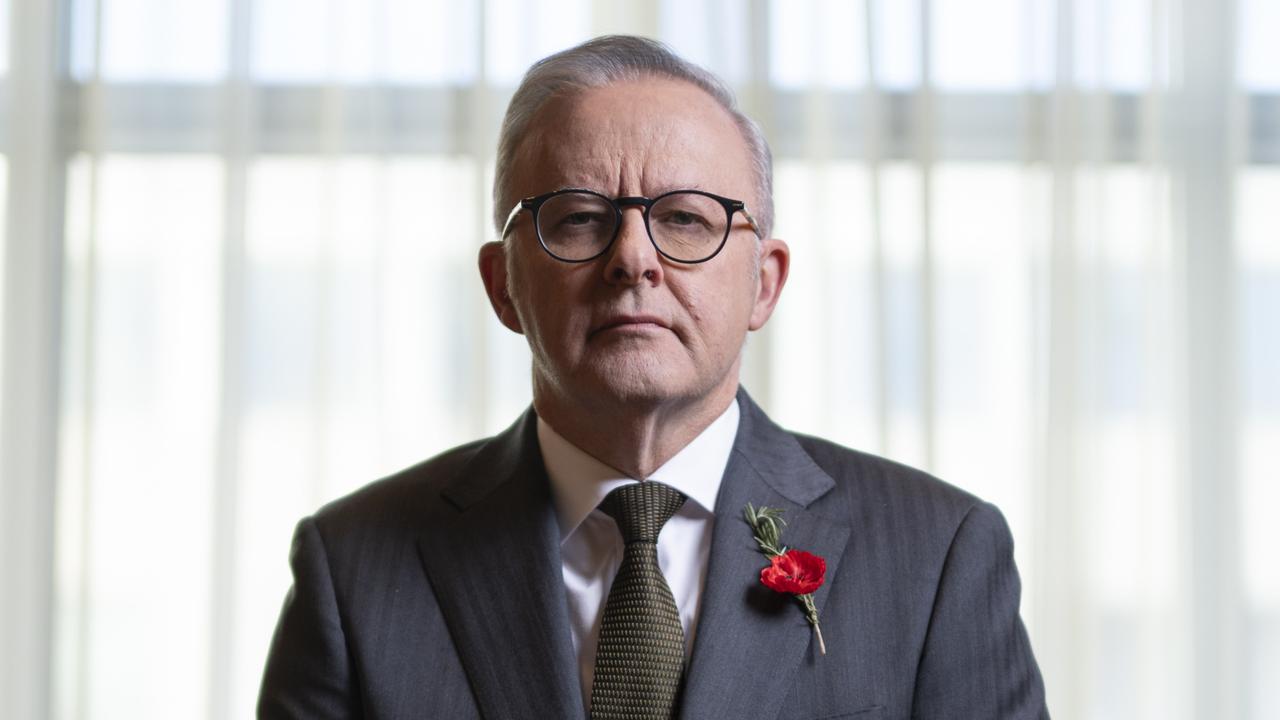
To join the conversation, please log in. Don't have an account? Register
Join the conversation, you are commenting as Logout